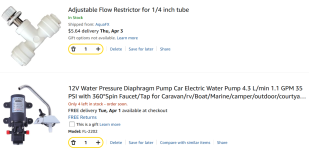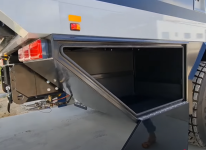SkiFreak
Crazy Person
That is on flat ground, but it does not take into account how much weight would be over a single tyre if your going up an off camber 4WD track and one rear wheel went into a deep rutt.Thanks i'll be underweight . The rating on the rear is 3950 lbs a tire. So 7900 lbs on the rear.
Tyre ratings are based on running them at the specified tyre pressures. When you go offroad you will likely be lowering the tyre pressures, which lowers the load rating of the tyre.
When running with lower pressures you will also get additional heat in the tyre, and the heavier the load, the greater the heat will be. Overheated tyres are a common cause for tyre failure.
I agree with @Ferjablito... 1800kg will be very tight.
Personally, I would not feel comfortable working right at the upper limit of a tyre's capacity, which is what you will be doing.






